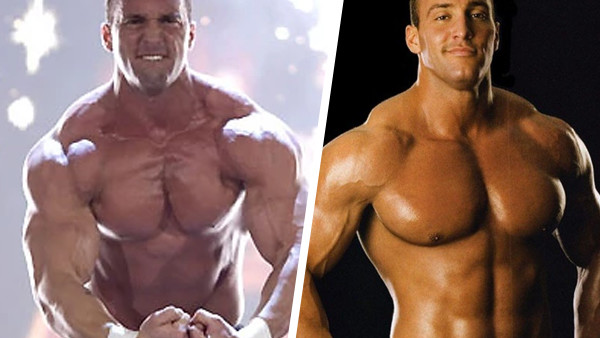The Murky Realities Of The WWE Wellness Policy

Eddie Guerrero's sudden passing in November 2005 was the moment a worryingly routine tributary ten-bell salute simply wouldn't be enough to brush a significant issue back under a bloated rug. The decade had seen wrestling's bodycount mirror that of the action movies it aped in the 1980s. Performers from that period and beyond were falling foul of their lives falling off cliffs post-wrestling, with a wrestler death drawing only cold reflections on careers rather than concern over Sports Entertainment after-care. McMahon delivered a rousing speech in front of an openly weeping roster the night Guerrero died, but dished out a more pragmatic message in his unveiling of a Wellness Policy in February 2006.
Eddie's death as a full-timer was one the company couldn't be seen not to be acting on. Guerrero went to bed in his hotel room and never woke up. His heart had given in to the pressures he'd put upon it - pressures that were literally visible from the outside before one even considers his hard-worn lifetime as a professional wrestler. The Wellness Policy was - beyond controlling the story of the multiple wrestler deaths - an attempt to tackle both concerns, cleansing the locker room of drugs (where absolutely necessary) and creating a renewed understanding of performer health and wellbeing.
The evolving nature of the Policy in its early days felt almost clumsy by design. It was tough from the outside to catch all the news of internal test failures based on WWE.com reports, with changing information afforded by the organisation on when and why performers were popped. Randy Orton was suspended for his first violation of the policy in 2006, and has since slipped more than twice over the following 12 years. Despite this - and a 'three strikes' rule allegedly still in place - Orton remained employed and featured. In contrast, Chris Masters was hoofed from television with the heat on steroid testing at a height - then openly mocked by Triple H for his reduced (and gimmick-killing) size.
Eddie Guerrero's death hadn't been enough, then. A March 2007 report from Sports Illustrated mentioned him in relation to steroid purchases made in 2005, but WWE.com flatly rebuffed the piece as referencing a time before the implementation of the policy. Less of a make-good, it was acting also protective forcefield for all prior infractions. It took three more lost lives for it all to come crashing down again, this time for good (and very, very bad).
[CONT'D]